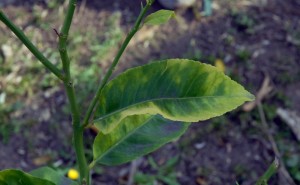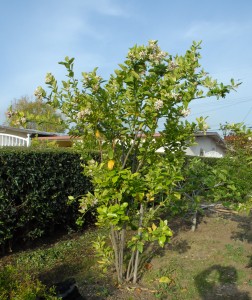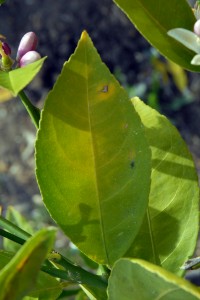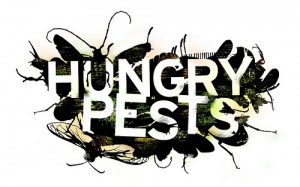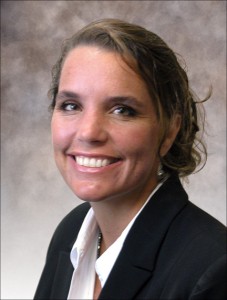http://www.sfgate.com/cgi-bin/article.cgi?f=/c/a/2012/04/08/BABT1NVH29.DTL
Selling eggs in California isn’t all it’s cracked up to be.
With Easter celebrated Sunday and Passover under way, the egg holds a prominent spot on the spring holiday table. And agricultural inspectors in the state want to make sure that before the eggs are sold, they’re not broken, dirty, rotten, out-of-date, underweight or in any way tainted. If the sleuths find a bad egg, they’re either dumped on the spot or sent back to the production facility.
Every county in California has an egg-inspection program funded through the state by the egg industry. Most counties rely on state inspectors to do the work. But in 15 jurisdictions, the California Department of Food and Agriculture contracts with the counties to handle the load.
San Francisco, which got $3,884 from the state this year to fund 198 inspections, has a pair of agriculture inspectors from the Department of Public Health who spend a few hours each week on an official egg hunt.
Last year, they examined 50,508 eggs at supermarkets, mom and pop shops, the Wholesale Produce Market and farmers’ markets. Of those, 15,120 eggs, or 30 percent, were rejected, said San Francisco Agricultural Commissioner Miguel Monroy.
Not every egg sold in the city is inspected, but every egg retailer or wholesaler chances a visit from Aldo Zuniga or the city’s other agriculture inspector.
“We don’t make appointments, we just show up,” Zuniga said.
Labeling violations
That’s just what he did last week at Produce Land on Clay Street in Chinatown. There, Zuniga found multiple labeling violations – no sell-by date, no packing date, no processing plant registration number, he said. The eggs also were “very dirty with manure, blood, dust and feathers” still on them, Zuniga noted.
The result: With permission from state regulatory authorities, Zuniga destroyed the eggs – 3,888 in all – dumping them in the trash and rendering the hens’ work wasted. If follow-up inspections uncover additional violations, the store could face civil fines.
But on an inspection earlier in the day at the mega Safeway store at Potrero Center in the Mission, the eggs passed.
Passing muster
Carrying the tools of his trade in an oversized briefcase Zuniga’s first stop was at the refrigerator case where he randomly pulled out a carton of eggs for each brand sold to make sure they were properly labeled. All passed muster.
Next, he notified a manager that he was on the premises and said he wanted to go in the back, where the extra eggs are stowed. With Easter and Passover just days away, the pallets were stacked high with eggs – various sizes, different grades, some white, others brown and a small showing of organic.
Just outside the walk-in cooler, Zuniga set up his candler – a high-powered light with a focused beam that, when an egg is pressed gently against it, illuminates the shell to display cracks and chips and allows the inspector to see inside the shell for defects – broken or discolored yolks, for example.
Candling also allows the inspector to see the air cell – the pocket of air between the shell and the egg white found at the larger end of the egg. The inspector uses a gauge to measure the size of the air cell, which helps determine the grade of an egg. The smaller the air cell, the fresher the egg and the better the grade, with AA being the best.
As part of the manual inspection, Zuniga weighs the eggs to make sure they’re properly labeled and he checks for dirt, manure, feathers and other unsavory elements on the shell.
Of the 100 eggs he inspected at the Safeway, three were cracked, well below the 7 percent allowance. Two or more “dirties,” or four or more underweight eggs, also would have led to rejection of the entire lot of eggs from which the sample selection came. The store passed the inspection.
Zuniga said some of the smaller markets have the biggest problems, among them unmarked cartons and improper refrigeration.
Concern over salmonella
Federal guidelines require eggs to be stored within 36 hours after they’re laid at a temperature no hotter than 45 degrees, whether during processing, transport or point of sale. The chief public health concern is salmonella, a fecal contaminant that can seep through the porous egg shells and cause intestinal and blood infections when ingested. If untreated, the contagion can lead to death.
While public health safety is paramount, it isn’t the only reason eggs are subject to government inspection.
“What we’re looking for is consistency and quality,” said Jay Van Rein, a spokesman for the California Department of Food and Agriculture.
Read more: http://www.sfgate.com/cgi-bin/article.cgi?f=/c/a/2012/04/07/BABT1NVH29.DTL#ixzz1rfPIGYfG



